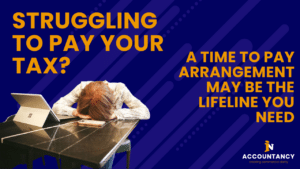Residential property income interest relief guidelines have been issued by the government.
Residential properties
The new guidance guidance features examples on the restriction of income tax relief for interest costs incurred by landlords of residential properties.
According to Stockport accountants, IN Accountancy, the rules, which will be phased in from April 2017, only apply to residential properties and do not apply to companies or furnished holiday lettings.
Income tax relief
From April 2017 income tax relief will start to be restricted to the basic rate of tax. The restriction will be phased in over four years and therefore be fully in place by 2020/21. In the first year the restriction will apply to 25% of the interest, then 50% the year after and 75% in the third.
The restriction may result in additional amounts of tax being due but will depend on the marginal rate of tax for the taxpayer. Basic rate taxpayers should not be substantively affected by these rules. A higher rate taxpayer will, in principle, get 20% less relief for finance costs. However the calculation method may mean that some taxpayers move into the higher rate tax brackets as the following example illustrates:
Consider the 2020/21 tax year when the transitional period is over. Assume that the personal allowance is £11,000, the basic rate band £32,000 and the higher rate band starts at £43,000.
Assume Ellisha has a salary of £28,000, rental income before interest of £23,000 and interest on the property mortgage of £8,000. Under the current tax rules, taxable rental income is £15,000. She will not pay higher rate tax as her total income is £43,000 – the point from which higher rate tax is payable.
With the new rules, taxable rental income is £23,000. So £8,000 is taxable at 40% – £3,200. Interest relief is given after having computed the tax liability on her income. The relief is £8,000 at 20% – £1,600. So an extra £1,600 tax is payable.
Tax refunds
It should be noted that the tax reduction cannot be used to create a tax refund. So the amount of interest relief is restricted where either total property income or total taxable income (excluding savings and dividend income) of the landlord is lower than the finance costs incurred. The unrelieved interest is carried forward and may get tax relief in a later year.
Child benefit is clawed back if ‘adjusted net income’ is above £50,000. Interest will not be deductible in the calculation of ‘adjusted net income’.
The personal allowance is reduced if ‘adjusted net income’ is above £100,000.
Please contact [email protected] if you would like advice on how these rules will affect you.






